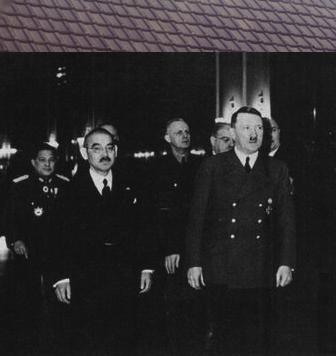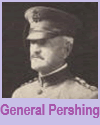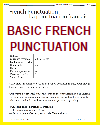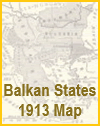Adolf Hitler (1889-1945, on the right) being visited by Japanese Foreign Minister Yosuke Matsuoka (1880-1946, on the left), in March of 1941. Germany, Japan, and Italy had signed the Tripartite (Axis) Pact in September of the previous year (September 27, 1940).
The Tripartite Pact, also known as the Berlin Pact, was a significant World War II alliance signed on September 27, 1940, between Germany, Italy, and Japan. This agreement solidified the Axis powers' cooperation, creating a formidable military and political bloc against the Allied forces.
The primary purpose of the Tripartite Pact was to establish mutual defense and cooperation among the signatories, asserting that if any of the three countries were attacked by a nation not already involved in the war, the others would come to its aid. This was aimed at deterring the United States from entering the war against the Axis powers by presenting a united front.
Germany, under Adolf Hitler, sought to dominate Europe and saw the pact as a way to secure its western and eastern fronts. Italy, led by Benito Mussolini, aimed to expand its influence in the Mediterranean and Africa, benefiting from the support of its powerful allies. Japan, under the imperial leadership, was focused on expanding its empire in Asia and the Pacific, viewing the pact as a means to counteract the United States and other Western powers in the region.
The Tripartite Pact had significant geopolitical implications. It formalized the Axis alliance and increased coordination between Germany, Italy, and Japan, leading to more synchronized military strategies. The pact also encouraged other nations, such as Hungary, Romania, and Bulgaria, to join the Axis powers, further strengthening the alliance.
However, the alliance had inherent weaknesses due to the differing strategic goals and geographic distances between the signatories. Coordination and mutual support were often challenging, leading to disjointed military efforts. Despite these challenges, the Tripartite Pact represented a crucial moment in World War II, shaping the conflict's dynamics and contributing to the global scale of the war.
The pact's eventual dissolution came as the Axis powers faced increasing defeats, culminating in their ultimate surrender in 1945. Nonetheless, the Tripartite Pact remains a key example of wartime alliances and their impact on global conflict.
|















